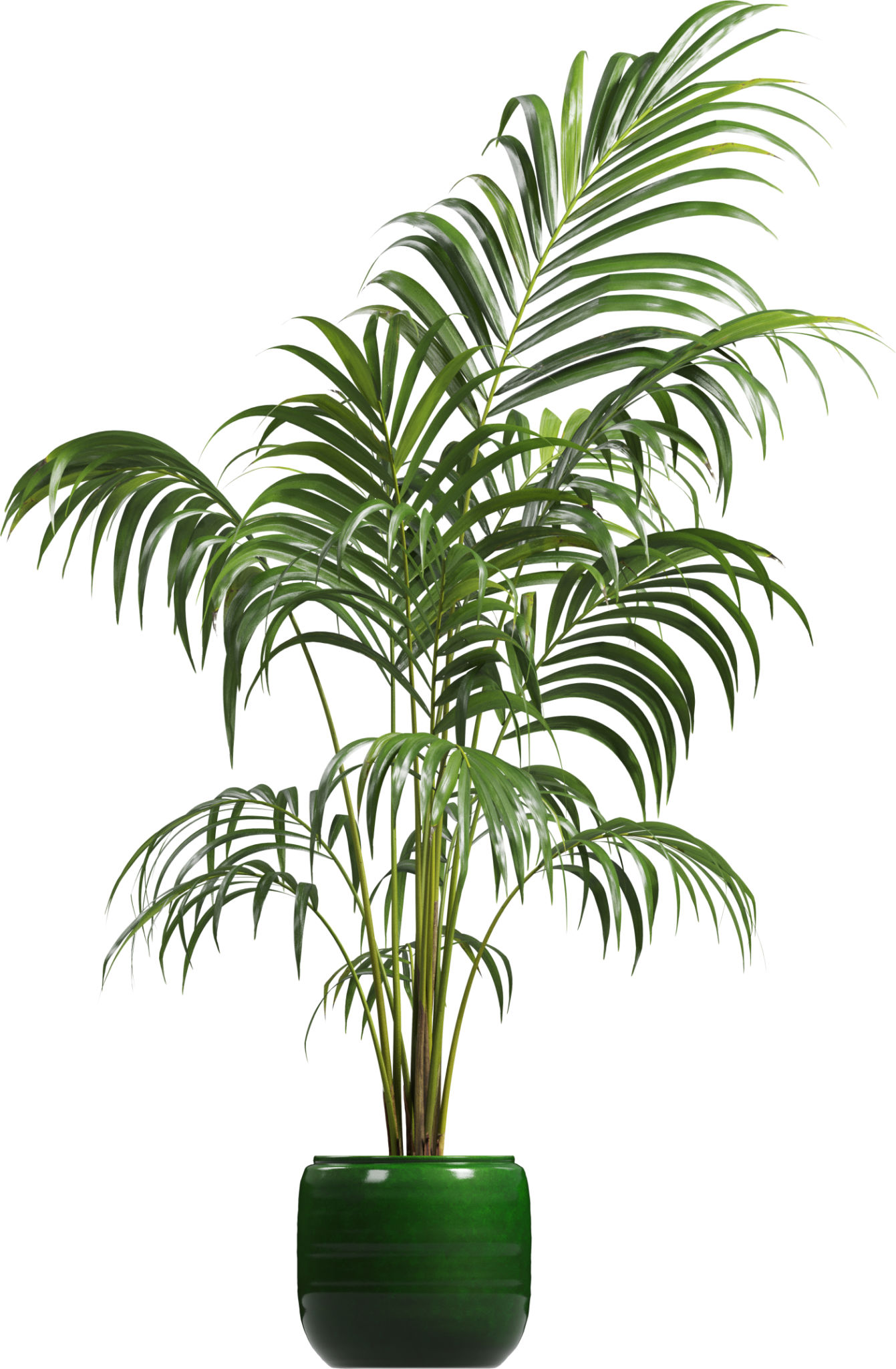How to Choose the Right Air-Purifying Plants for Your Space
Understanding the Benefits of Air-Purifying Plants
Incorporating air-purifying plants into your home or office space is not only an aesthetic choice but also a health-conscious decision. These plants can significantly improve indoor air quality by removing toxins and increasing oxygen levels. This makes them ideal for enhancing both physical and mental well-being.
Research shows that certain houseplants can remove up to 87% of air toxins in just 24 hours. They also promote better concentration and reduce stress, making them perfect companions for your living or workspace. With the right selection, you can create an environment that is both beautiful and beneficial.

Consider Your Space and Light Conditions
Before you select your air-purifying plants, assess the space where you intend to place them. Consider factors such as light availability, room size, and the overall aesthetic you wish to achieve. Some plants thrive in bright, indirect sunlight, while others are more suited to low-light conditions.
For instance, if you have a sunlit room, you might opt for a Spider Plant or Peace Lily. Conversely, if your space is dimly lit, consider hardy options like Snake Plants or ZZ Plants that can thrive with minimal light.
Types of Air-Purifying Plants for Different Spaces
When choosing plants, think about the specific environment of each room. Here are some recommendations:
- Living Room: Use larger plants like the Rubber Plant or Fiddle Leaf Fig to make a statement.
- Bedroom: Consider Aloe Vera or Lavender for their calming properties and compact size.
- Bathroom: Ferns and Bamboo Palm are great for humid conditions.

Caring for Your Air-Purifying Plants
Once you've selected your plants, proper care is essential to ensure they continue to purify the air effectively. Consistent watering, trimming dead leaves, and occasional repotting are key maintenance tasks. Each plant has unique needs; for example, succulents require less frequent watering compared to tropical varieties.
It's also important to monitor your plants for signs of stress, such as yellowing leaves or stunted growth, which can indicate issues like overwatering or insufficient light.
Benefits of Grouping Plants
Grouping plants can enhance their air-purifying effects while creating a lush, cohesive look. This technique takes advantage of the collective humidity and microclimate created by clusters of plants, which can further improve air quality.
- Visual Impact: Grouping creates a dynamic visual display that acts as a focal point in any room.
- Maintenance Efficiency: Watering and caring for grouped plants can be more efficient than tending to scattered individual plants.

Final Thoughts on Choosing Air-Purifying Plants
Selecting the right air-purifying plants involves more than just picking what looks good. By considering factors like light conditions, room size, and your ability to maintain them, you can enhance both the aesthetic and health benefits of your space. With thoughtful selection and care, your indoor greenery will thrive while keeping your environment fresh and clean.
Remember, every plant added to your home contributes not only to its beauty but also to your overall well-being. Enjoy the process of selecting and caring for these natural air purifiers!